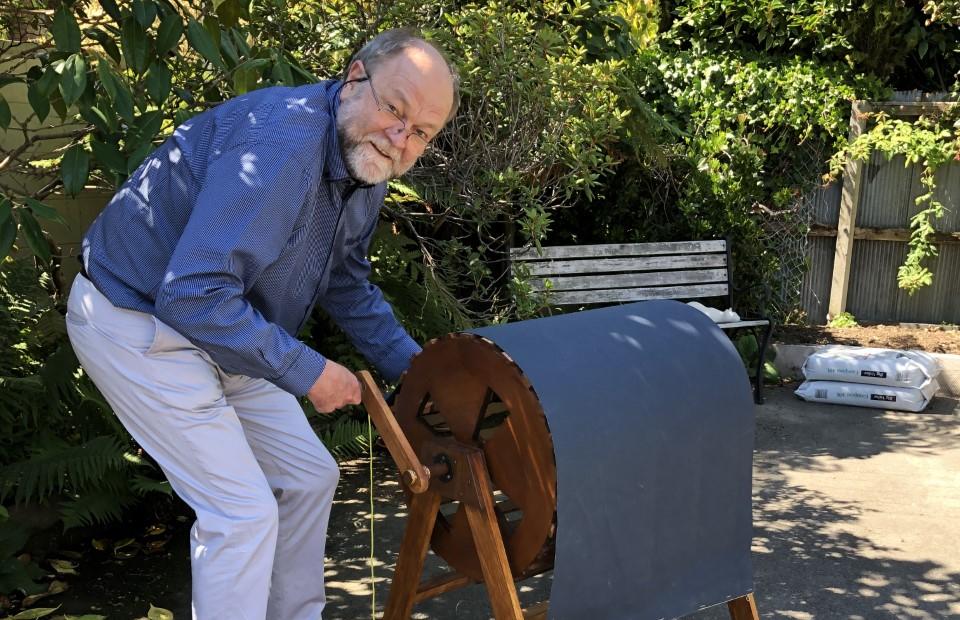News - 22.02.2021
A Symphonic Diary of Ōtautahi
For composer Philip Norman, it was the sound of birdsong, wind, sirens and helicopters that characterised the last ten years in Christchurch. For the opening 2021 Lamb & Hayward Masterworks concert Turangawaewae, Philip was commissioned to write a piece to commemorate the 10th anniversary of the February 2011 earthquakes. The resulting composition, titled Resilience – A symphonic diary of a difficult decade, with three continuous movements and a coda, takes inspiration from three significant episodes that happened in Christchurch since 2011.

For composer Philip Norman, it was the sound of birdsong, wind, sirens and helicopters that characterised the last ten years in Christchurch.
For the opening 2021 Lamb & Hayward Masterworks concert Turangawaewae, Philip was commissioned to write a piece to commemorate the 10th anniversary of the February 2011 earthquakes. The resulting composition, titled Resilience – A symphonic diary of a difficult decade, with three continuous movements and a coda, takes inspiration from three significant episodes that happened in Christchurch since 2011.
“The first thought that initially came to me was that, ten years ago, I did a narrated orchestral piece with Gary McCormick’s poem ‘Earthquake 22.2.11’, and it was a powerful one. He wrote it right after the quake, so it was white hot. I thought maybe I would use that as a point of departure.”
He also drew from the city’s collective grief and confusion after the 2019 Mosque Shooting, and from the recent COVID-19 and lockdown experience. The main challenge then became how to tie these three disparate elements together, and for Philip, wind and birdsong were some of the most prominent sounds that continued in the city over the past decade.
“Wind signifies desolation,” he explained. “The wind at sites of buildings that are no longer there or are deserted; a little bit of wind blowing down roads with no motor vehicles during lockdown.”
To achieve the wind effect, he turned to old friend Peter Hewson, who he’d known since 1974 during his university days, where they’d worked on shows together.
“I tried to find examples of orchestral wind machines rather than theatre ones because these days the theatre uses electronic wind machines,” Peter explained. However, Philip wanted an analogue version for its visual impact in the percussion section on stage.
The wind machines proved elusive, so Peter decided to build one himself. The sound of wind is created by turning a handle, which causes the battens on the wheel to run against a piece of fabric draped over them, thus creating a sound. Canvas worked best, they found, especially the heavier ones.
Philip also incorporated snippets of things he had written over the last ten years, including rhythms of the aftershocks that he had notated as they were happening.
But the sound that left the most impression on him was birdsong, he said. “The sudden absence of birdsong leading up to the earthquake, and the amazing birdsong in the middle of lockdown. A lot of people have remarked on that.” It became the element that linked all the others together.
Though he drew on significant events in the city’s story, there is no one part that portrays a particular event. Rather, it is an overall impression.
“I called it Resilience because it is one of the most remarkable attributes Cantabrians have shown over the last 10 years. Some of us left, but most of us stayed, and now the city is coming back again to its lively self.”